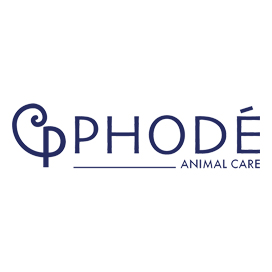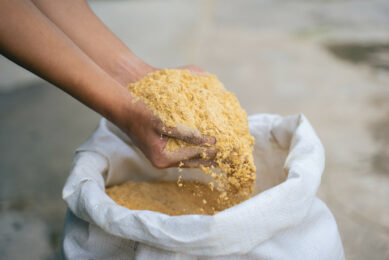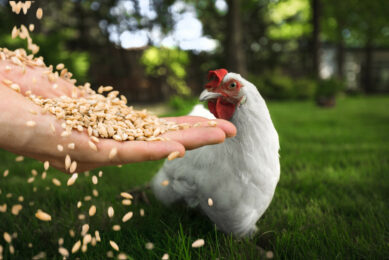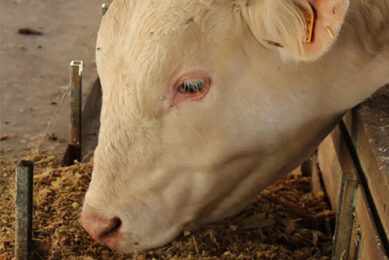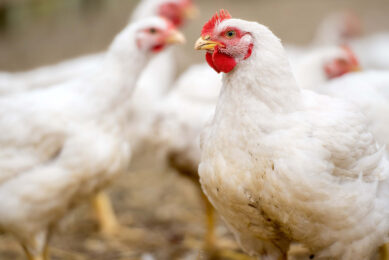How to get the most out of starter feed in young ruminants
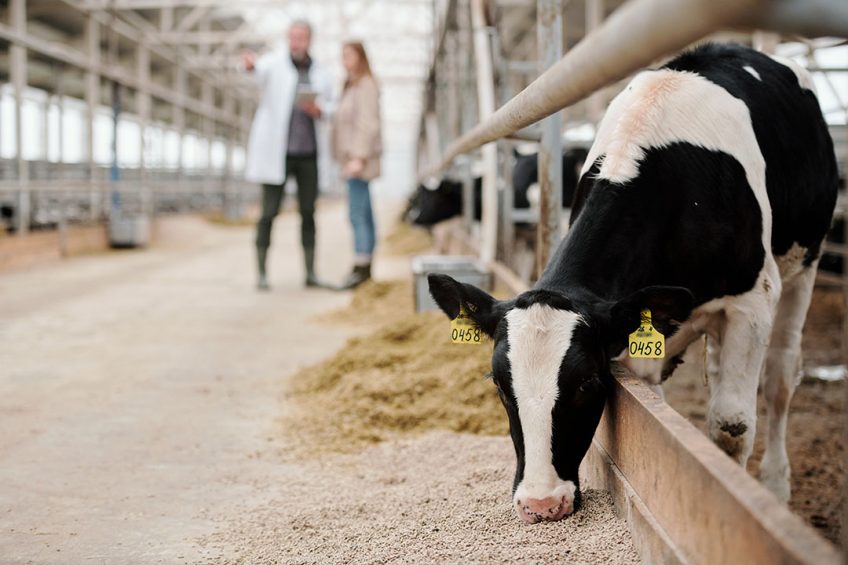
A good start is the key to getting the maximum performance from all livestock. Good feed intake from the start can help achieve this. However, it is not always easy when there are challenges for example around the weaning phase. Is it possible to make starter feed so attractive that animals will eat it immediately despite all the other challenges they face?
Feed intake with young animals is a big challenge in ruminants as in all species. Considering all the changes that occur around weaning; liquid to solid feed transition, immature digestive system, change of barn, new congeners, etc. all mean that feed intake is under strain. More specifically, the starter feed intake has a long-term impact: late ingestion and the animal performance is impaired throughout the whole cycle (growth, production, health, etc.), a good early feed intake and the young animal takes advantage of all the nutritional benefits from the starter feed. But how can the starter feed be immediately attractive and motivate the young animals to eat it early enough despite the physiological and behavioural challenges?
The relationship between a young ruminant and its feed
One of the first steps is to help the animal go and find its feed. Not that the feed is hard to find for a young ruminant, but at post-weaning, animals are overwhelmed by the changes. It is therefore necessary to make the feed attractive enough to motivate the animal to go find it.
Innate response
At this stage, making a feed attractive isn’t just about a nice smell, it is about attracting the animals to the feed. Indeed, all living-beings have an innate positive response toward specific molecules. For example, in humans, this is how babies learn to suckle. No learning is needed, it is an innate response to attractant molecules. The same mechanism exists in animals. However, in our current breeding system of course young ruminants are quickly separated from the cows, and therefore cannot learn by example on how to feed itself.
What makes feed attractive
By using the natural response of the calves toward specific combination of molecules that naturally attracts them, the feed can become very attractive for them and motivate the animals to come close to it. Indeed, these specific molecules are volatile: the feed will free them regularly and the young ruminants will sense them thanks to their numerous olfactory receptors. The compounds will be recognised by the brain as interesting and the animals will be then naturally attracted to the feed.
Stimulating the calf’s appetite
A second step is to make the animal eat using its own initiative, sufficient amounts of the feed. What better option than to stimulate the appetite with dedicated plant extracts? Stimulating the appetite message can be achieved thanks to specific plants extracts, dedicated to ruminants, that will trigger the gustatory receptors to send the appetite message to the brain. It is important to keep in mind that stimulating the appetite message in the brain should not interfere with the other messages such as satiety.
Palatability of feed
Finally, attraction and appetite stimulation make sense if the feed is palatable. An easy way to improve palatability is through the use of sweeteners to bring the sweet taste, which is universally appreciated.
Combining attraction, appetite stimulation and palatability
Combining these 3 facets into one product is ideal. Acting on these 3 levels at the same time is interesting on the short challenging period after weaning, especially to help the animals eat their starter feed and benefit from of all its nutritional value, aiding a good start and long-term benefits.
Just-weaned heifers (12 individuals) have been observed during 8 days with a free choice of feed: control feed and supplemented feed to boost the immediate feed intake (Figure 1). Every day, 20 kg of each feed was distributed in feeders. The position of each feeder changed daily and the quantity of feed had been determined to be in excess for the animals’ needs.
Figure 1 – Results from just-weaned heifers fed Optifeed vs control feed.

The presence of the attractant compounds dedicated to ruminants into the feed clearly shows the strong response of the heifers: right from day one the supplemented feed had been consumed more than the control feed. The heifers showed a higher ingestion of the feed containing the 3-step solution (attractant – appetite stimulation – palatability) all along the whole trial period, with 62% more supplemented feed ingested (6 kg/day) in average (Figure 2). In total it represents 48.5 kg of starter feed eaten more with the three-step solution than the control feed.
Figure 2 – End of trial results on the daily average feed intake, Optifeed vs control feed.

Boost feed attraction and stimulate appetite
A good start is the key to get the maximum performance from the livestock. In early stages, the young animals face big changes. Beyond nutritional requirements, the main challenge is to get them go to the feed. To boost immediate feed intake on the short-term challenge around weaning with a specific solution that triggers notably attraction and appetite stimulation will help young animals take the shift of this critical stage.


